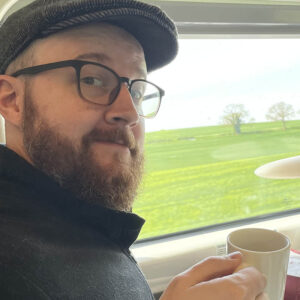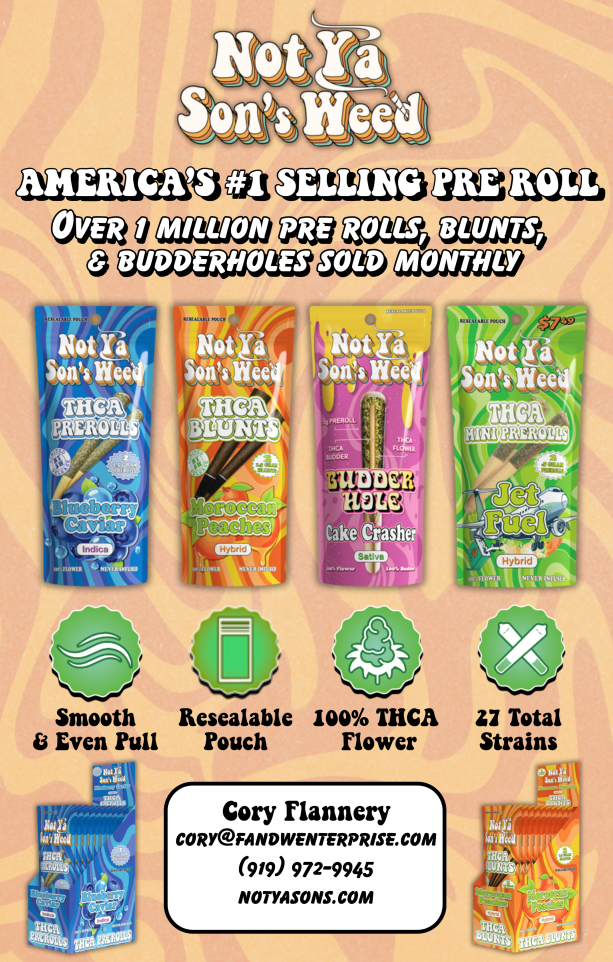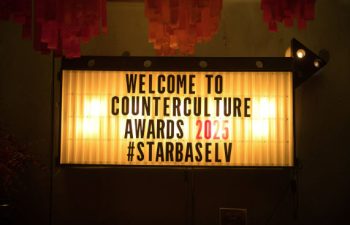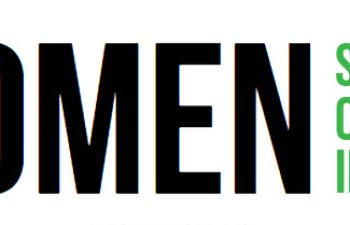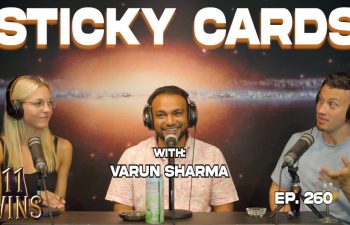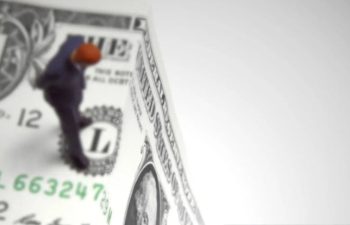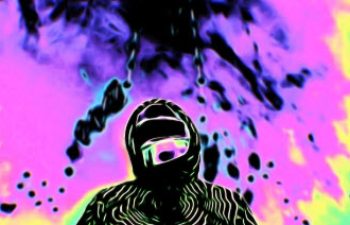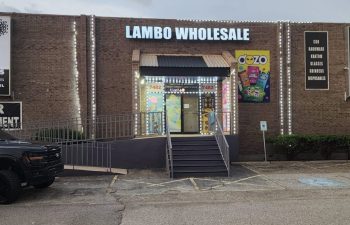Can Ibogaine Really Rewire Addiction?
Sometimes, it seems like the counterculture serves as the guinea pig for the medical establishment. Before scientists got approval to study the effects of the magic mushrooms or THC, the underground ran its own laboratory, testing out the efficacy of natural compounds with a mixture of passed-down wisdom and trial-and-error testing.
That approach paved the way for the breakthroughs of both cannabis and psychedelics. It helped cement CBD as a potent anti-seizure medication. It provided an outlet for thousands to find non-opioid pain relief. And it brought the healing power of hallucinogens into the mainstream of medical research.
The counterculture’s impressive track record in natural medicine has now given it a podium and a chance to be taken seriously. So, there’s a reason to listen to voices on the fringes when they talk about ibogaine, a psychedelic that has shown potential to treat addiction and PTSD.
A Quick History
Ibogaine comes from the roots of the iboga tree, a shrub that grows in the rainforests of Central Africa. For centuries, iboga roots were crushed up and used in shamanic practices in places like Cameroon, the Democratic Republic of Congo, and Gabon.
But ibogaine isn’t the same as magic mushrooms or LSD. Scientists aren’t sure how it works, but many suspect that it causes the brain to create new neurons and enhances neuroplasticity, leading to a literal rewiring of the thinking organ.
At higher doses, the drug induces an intense trip. Those who take so-called “hero” or “flood” doses face a barrage of semi-suppressed memories, forcing confrontations that leave them psychologically un-addicted and rewiring their brains to stop cravings. For many users, it only takes a single session to rid themselves of a dependence on opioids, according to research out of New Zealand.
But ibogaine wasn’t always valued as an anti-addiction serum. For about 80 years, European explorers brought back crushed-up iboga roots and sold them on the streets of France and Belgium as a stimulating pick-me-up.
As medical science advanced, however, some strange outcomes present in clusters of ibogaine users emerged. The drug was linked to heart attacks and cardiac arrhythmias. That, combined with its association with Africa, caused many Western governments to ban it outright. In the U.S., it’s still categorized under Schedule I.
Advocates
Despite its illegality, the appeal of ibogaine never disappeared. It just went underground.
Crusaders like Dana Beal, the ‘60’s icon and cannabis activist recently featured here in the pages of HQ, have long fought for increased ibogaine research and de-scheduling.

“I can tell you that there’s levels that are extremely safe and extremely gradual,” Beal said. “It’s a neurotrophin. It’s not a hallucinogen. It’s something that expresses nerve growth factors, or a neuro-growth effect. And the word is -trophism, like the plant flooring up through the crack in the sidewalk, splashing, and that’s trying to get to the sun. That’s what it does to the neurons in your brain.”
The appeal of the drug is twofold, he said. It resets the brain’s addiction receptors while also delivering a heaping helping of personal insight. In the best outcomes, patients leave having broken their abusive cycles.
The internet buzzes with stories about patients who sought ibogaine treatments from clinics in Mexico, Canada, and the Netherlands. They describe the experience as though they were in a waking dream or as if their brain was a puzzle that was disassembled and then put back together. One patient likened the feeling to the way in which a video game character respawns after dying. Suddenly, he was re-made, whole.
The Pushback
Despite the chorus of life-changing admissions, many researchers and medical scientists don’t like ibogaine.
They argue two strong points: No one knows how ibogaine works, and it can cause serious heart issues. And indeed, people have died from cardiac arrest after taking ibogaine, most likely because of its stimulant effects. And, like other hallucinogens, it has led a few individuals to experience psychosis.
Scientists classify ibogaine as a “dirty” drug because it delivers both benefits and drawbacks. The holy grail for researchers is to create a lab-made version of ibogaine that delivers all the brain benefits without the surging heart rates.
The trouble is that it’s hard to extract the active ingredients in ibogaine when you’re not sure exactly what it’s doing to the body. And while several pharma bros have already developed companies to figure it out, the medical establishment continues to urge caution—especially for people who want to try ibogaine at home.
If it’s tried at all, they say, the best way to take ibogaine is through a clinic in a legal nation. And it should be avoided by anyone with a history of heart conditions.
What the Culture Says
For Dana Beal, however, that’s a lot of hogwash. Treatment centers are set up for extreme cases, which means that most people will never reap the benefits he believes ibogaine can deliver.
“I was always interested in the flood (high-level) dose, but then gradually came to see there was this other dimension to ibogaine, which is the way they do it in Africa,” he said. “They don’t do a flood dose. They do a little bit, but they do it all the time.”
Microdosing the drug can lead to better mood, less depression, and a more flexible, adaptable brain, advocates claim. That all could be true, but research on micro-dosing ibogaine is hard to come by. In fact, all research on ibogaine is limited. The medical establishment prefers large-scale, longitudinal studies that control all sorts of variables, and so far, that hasn’t happened.
What’s available, however, shows reason for optimism. In January, scientists at Stanford published a paper showing that a single session of ibogaine treatment effectively reduced PTSD, anxiety, and depression in combat veterans who suffered traumatic brain injuries. They were screened for cardiac conditions and given magnesium to protect their hearts. All 30 showed signs of improvement that persisted one month after the session when the research concluded.
That’s a good start, Beal says, but it’s not enough.
“I’m going to try to wait a minute (on legalization). “We’re getting somewhere here,” he said. “We’re getting closer to where we’re going, anyway.”
